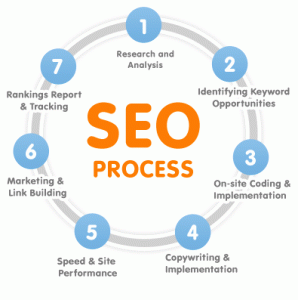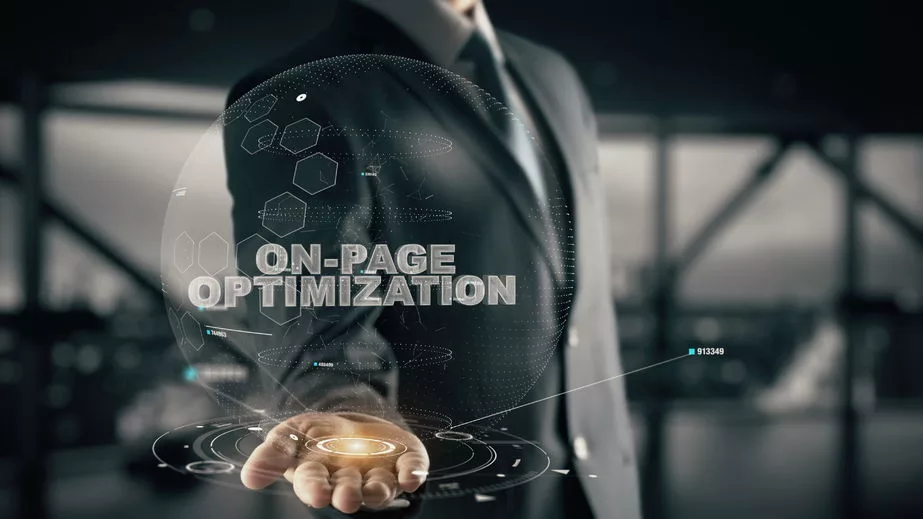The Difference Between Technical SEO and On-Page SEO
Search Engine Optimization (SEO) stands as a fundamental pillar for businesses striving to enhance their online presence through digital marketing. Within the intricate tapestry of SEO, two crucial components play distinct roles in optimizing a website for search engines – Technical SEO and On-Page SEO. Understanding the nuances between these two is essential for crafting a robust marketing strategy. Let’s delve into the intricacies of Technical and On-Page SEO to unravel their unique contributions.
Technical SEO:
Technical SEO is the backbone of a website’s search engine performance. It involves optimizing various technical aspects to ensure search engines can efficiently crawl, index, and rank your website. While this piece shares the differences of Technical and On-Page SEO in one spot, we have already posted in more detail regarding Technical.
- Website Speed and Performance: Technical SEO focuses on optimizing website speed and performance. A faster-loading website enhances user experience, and also aligns with search engines’ preferences, positively impacting rankings.
- Mobile Responsiveness: With the increasing use of mobile devices, search engines focus on mobile-friendly websites. Technical SEO ensures that your website is responsive and provides an optimal viewing experience across various devices.
- Site Structure and Navigation: A well-organized site structure and navigation system make it easier for search engines to understand the content hierarchy. Technical SEO involves optimizing URLs, creating XML sitemaps, and implementing breadcrumb navigation.
- Indexing and Crawling: Technical SEO ensures that search engine bots can easily crawl and index your website’s pages. This involves proper implementation of robots.txt files, managing crawl budgets, and addressing crawl errors.
- Schema Markup: Implementing schema markup helps search engines understand the context of your content. This can lead to rich snippets in search results, providing more information to users.
On-Page SEO:
On-Page SEO revolves around optimizing individual pages to rank higher in search engine results. It involves tailoring content and HTML source code to align with both user intent and search engine algorithms. We have discussed this topic in more detail previously.
Here are key elements of On-Page SEO:
- Keyword Optimization: On-Page SEO emphasizes strategically placing relevant keywords in titles, headings, and throughout the content. This helps search engines understand the topic and context of the page.
- Content Quality and Relevance: High-quality, relevant content is a cornerstone of On-Page SEO. This engages users and signals to search engines that your content is valuable, increasing the likelihood of higher rankings.
- Meta Tags: Crafting compelling meta titles and descriptions is a crucial aspect of On-Page SEO. These elements not only influence click-through rates, but also provide concise information to search engines.
- Header Tags and Structured Content: Proper use of header tags (H1, H2, etc.) and structured content enhances readability and helps search engines understand the hierarchy of information on a page.
- Internal and External Linking: On-Page SEO involves strategic linking within your website (internal linking) and to other reputable sites (external linking). This not only improves navigation but also establishes credibility
Final Thoughts:
Technical and On-Page SEO serve distinct purposes, though they are interconnected facets of a comprehensive SEO strategy. Technical SEO lays the foundation for a search engine-friendly website, ensuring efficient crawling and indexing. On-Page SEO
fine-tunes individual pages to align with user intent and search engine algorithms, optimizing for visibility and relevance.
By integrating both Technical SEO and On-Page SEO into your digital marketing strategy, you create a harmonious synergy that propels your website toward higher rankings, increased visibility, and, ultimately, greater success in the competitive online landscape. The important question to ask youself? Can you do this on your own? Most small business owners don’t have the time to keep up with the continuous changes in SEO best practices. That’s where the assistance of Strottner Designs comes in! Email us at support@strottner.com, or audit your website at no charge using the tool on our homepage!









